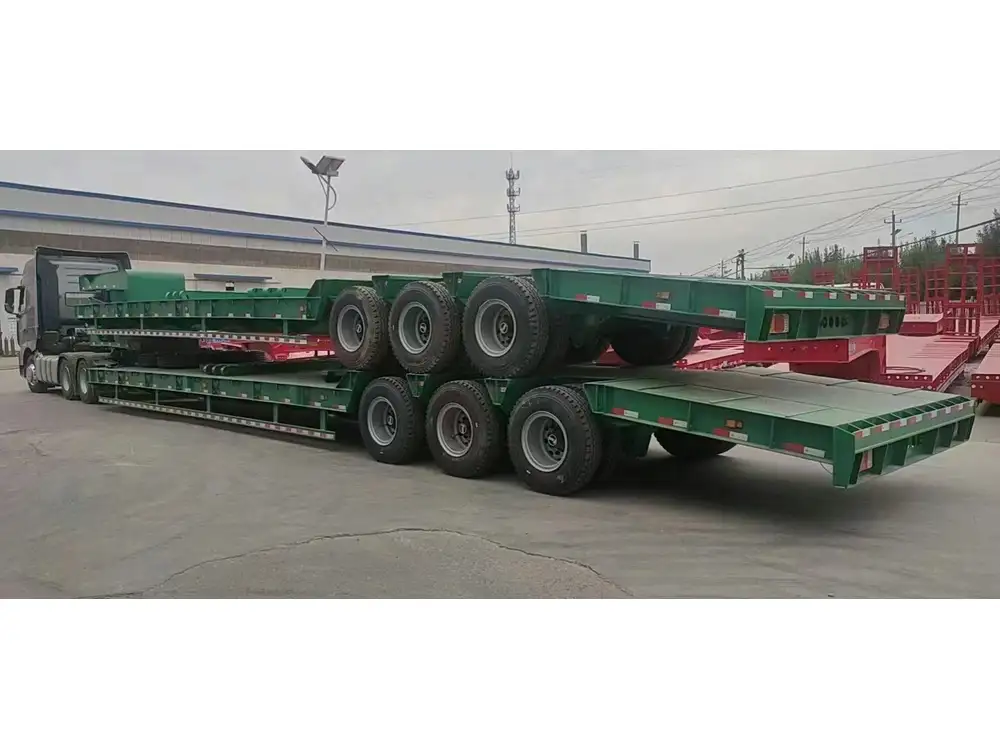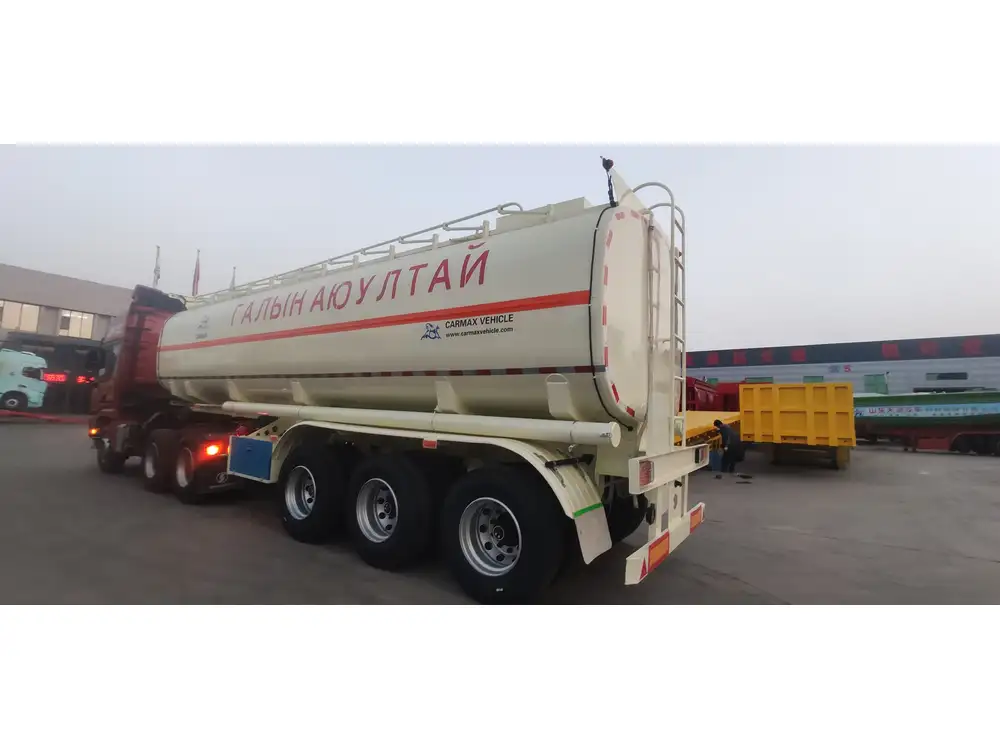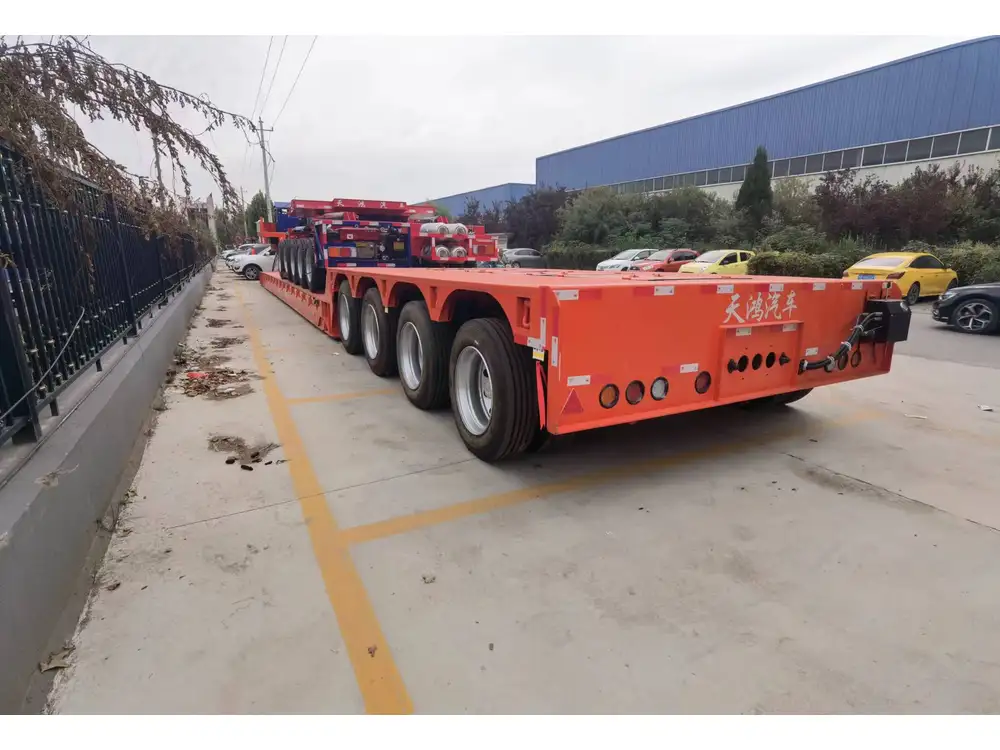In the bustling realm of transportation, semi trucks, also known as articulated lorries or tractor-trailers, play a pivotal role in the logistics and freight industry. Central to this discussion is an often-overlooked detail: the dimensions of these vehicles, specifically their width and height when they are detached from their trailers. Understanding these measurements is crucial, not merely for regulatory compliance but also for operational efficiency. This comprehensive guide delves into the specific dimensions of semi trucks devoid of trailers and articulates key factors that stakeholders in the industry should consider.
Key Dimensions: Width and Height of Semi Trucks
To begin, let’s define the standard dimensions of a semi truck. These specifications can vary based on manufacturers, model types, and even regional regulations. However, the typical measurements serve as a foundational reference.
| Aspect | Measurements |
|---|---|
| Width | 96 inches (8 feet) or 102 inches (8.5 feet) depending on configuration |
| Height | Approximately 13.5 to 14.5 feet |
| Length | Typically 70 to 80 inches for the cab alone (without trailer) |
Width Specifications
The width of a semi truck without a trailer generally falls between 96 inches (8 feet) and 102 inches (8.5 feet). The choice between these dimensions often hinges on state laws and transport regulations. For example, many states in the U.S. permit vehicles up to 8.5 feet wide on designated routes, enhancing accessibility in diverse environments while maximizing load capability.

Height Specifications
Height presents a different challenge, characterized by specific normalization for semi trucks. The height usually spans from 13.5 to 14.5 feet. This variation is influenced by several factors, including the model design and any modifications that may have been implemented, such as custom aerodynamics or additional cargo equipment.
Analyzing the Regulatory Landscape
Weight and Size Regulations
Compliance with both federal and state regulations is paramount. The Federal Highway Administration (FHWA) sets forth guidelines that dictate the maximum dimensions for all commercial vehicles operating on public highways in the United States. These regulations are constructed to ensure road safety, efficiency, and infrastructure integrity. It’s crucial for manufacturers and operators alike to remain cognizant of these legal frameworks to avoid costly fines and logistical complications.

State Variation in Dimensions
Each state has its regulations that can differ significantly concerning permissible width and height. For instance, California may have different tolerances compared to Texas or Florida. Thus, before embarking on a long-haul journey, it becomes imperative for operators to familiarize themselves with the state regulations to ensure compliance.
Importance of Understanding Semi Truck Dimensions
Understanding the dimensions of semi trucks without trailers not only aids manufacturers in designing more effective vehicles but also serves several operational advantages:
Enhanced Maneuverability: Knowing the truck’s dimensions allows for better planning during navigation of urban environments, particularly in areas where space is limited.
Loading Dock Compatibility: Correct height and width specifications enable seamless access to loading docks, warehouses, and storage facilities, ensuring efficient loading and unloading procedures.
Vehicle Modifications: Those considering modifications, whether for aesthetic or functional purposes, must factor in these dimensions to avoid violations of safety norms or operational inefficiencies.
Dimensions in Context: The Effect on Business Operations

Cost Efficiency
In terms of operational costs, the ability to efficiently maneuver and access various locations can significantly impact the bottom line. A truck that adheres to optimal dimensions can minimize fuel consumption, reduce wear-and-tear on tires, and enhance overall route efficiency, leading to lower operational costs.
Safety Considerations
Safety is paramount in the trucking industry. Understanding the dimensions allows for more informed decisions regarding load securing mechanisms, ensuring that loads remain stable during transit. Additionally, awareness of the truck’s height is crucial when encountering bridges and overpasses, as exceeding these height limitations can result in accidents, delays, and even vehicle damage.
The Evolution of Truck Designs and Dimensions
The trucking industry has seen substantial advancements aimed at improving fuel efficiency and aerodynamics. Manufacturers are increasingly focusing on designs that minimize wind resistance, which in turn can influence vehicle height and width.

Aerodynamic Designs and Their Impact
Modern semi trucks may implement features such as:
- Sloped Roofs: Reducing wind resistance.
- Side Skirts: Enhancing airflow along the trailer and truck.
- Custom Hoods: Streamlining the engine area for better wind flow.
These innovations can affect overall dimension specifications, leading to either a slight reduction in height or a more tailored width that complies with both state regulations and best practices for fuel efficiency.
FAQ Section
What is the maximum height allowed for a semi truck? As per federal regulations, the maximum height allowed is typically 13.5 feet. Some states may have special permits for heights exceeding this limit under certain conditions.
Can the width of a semi truck exceed 8.5 feet? Generally, federal law states that trucks must not exceed 8.5 feet in width unless a special permit is obtained for wider loads.
Why does the width vary between models? Different manufacturers and models may include additional features or designs that necessitate variations in width, reflecting both aesthetics and operational utility.
Conclusion: Strategic Insights for Stakeholders
In conclusion, a thorough understanding of a semi truck’s width and height without a trailer is critical for myriad reasons ranging from legal compliance to operational efficiency. Stakeholders in the transportation sector, including manufacturers, operators, and logistics managers, should prioritize familiarity with these dimensions to optimize performance and mitigate risks across their operations.
The evolving landscape of transportation continues to embrace innovation, which necessitates constant reevaluation of regulations, vehicle designs, and operational strategies. By staying informed and adaptable, industry players can leverage the dimensions of semi trucks effectively, enhancing both safety and profitability in their operations.
This structured approach not only serves to clarify the essential dimensions of semi trucks but also provides a framework for understanding their broader implications within the industry. Whether you’re a manufacturer seeking to optimize design or an operator navigating the complexities of transportation regulations, this comprehensive guide equips you with the insights needed to succeed in today’s diverse and challenging market environment.



